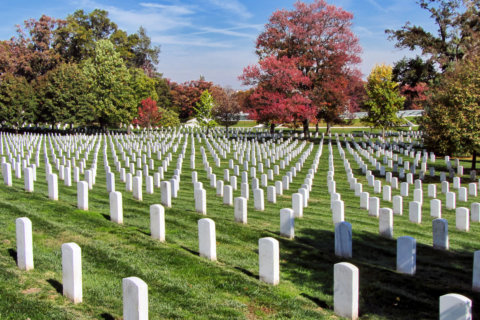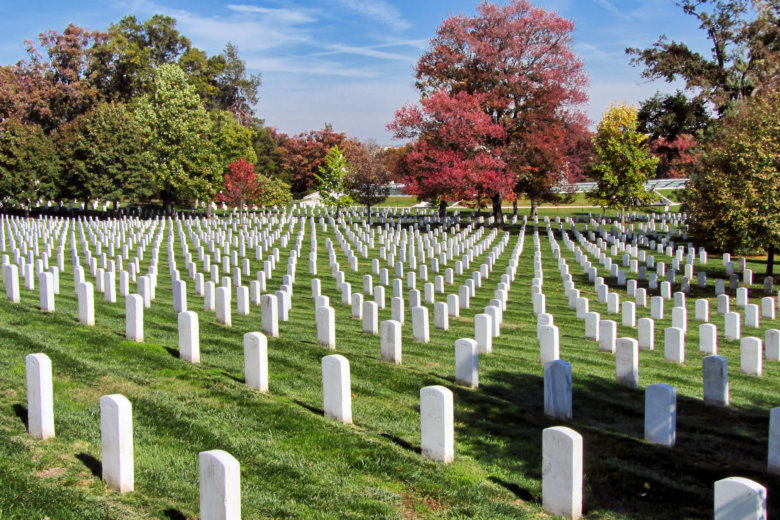
WASHINGTON — Arlington National Cemetery reopened and resumed operations about 3 p.m. Wednesday after an earlier bomb threat led officials to close the cemetery to the public for much of the day.
The cemetery tweeted emergency services had cleared all areas of the cemetery. The cemetery will now close at its normal time of 7 p.m.
A threat was made to the cemetery about 10 a.m. leading cemetery officials to evacuate families, visitors and employees from public buildings and work areas.
#UPDATE: Arlington National Cemetery and @JBMHH emergency services have cleared all areas of the cemetery. As of 3 p.m., normal operations have resumed and the cemetery is once again open to the public.
We will remain open until 7 p.m., which is our normal closing time. https://t.co/gU5XSGeXVg
— Arlington National Cemetery (@ArlingtonNatl) August 22, 2018
— Arlington National Cemetery (@ArlingtonNatl) August 22, 2018
At around noon, Arlington National tweeted that the cemetery would remain closed for the rest of the day, though previously scheduled military funerals would continue as planned.
Personnel from nearby Joint Base Myer-Henderson Hall responded to the threat, and vehicles were swept for possible explosives.
There were 23 funerals planned through Wednesday, including ceremonies honoring service members in the air force, army, and navy. Arlington National spokeswoman Barbara Lewandrowski told WTOP those funerals would still go on despite the threat, and the cemetery remained open to funeral attendees and family pass holders.
A flyover scheduled for around 3:15 p.m. in support of a funeral was still on as scheduled, Arlington National tweeted on Wednesday afternoon.
Officials provided few details on the threat’s origin. The threat did not name any specific area of the cemetery.
Established during the Civil War, Arlington National Cemetery functions as America’s premiere military cemetery, and serves as the final resting place for over 400,000 active duty service members, veterans and their families.
WTOP’s Megan Cloherty and Jack Moore contributed to this report.









